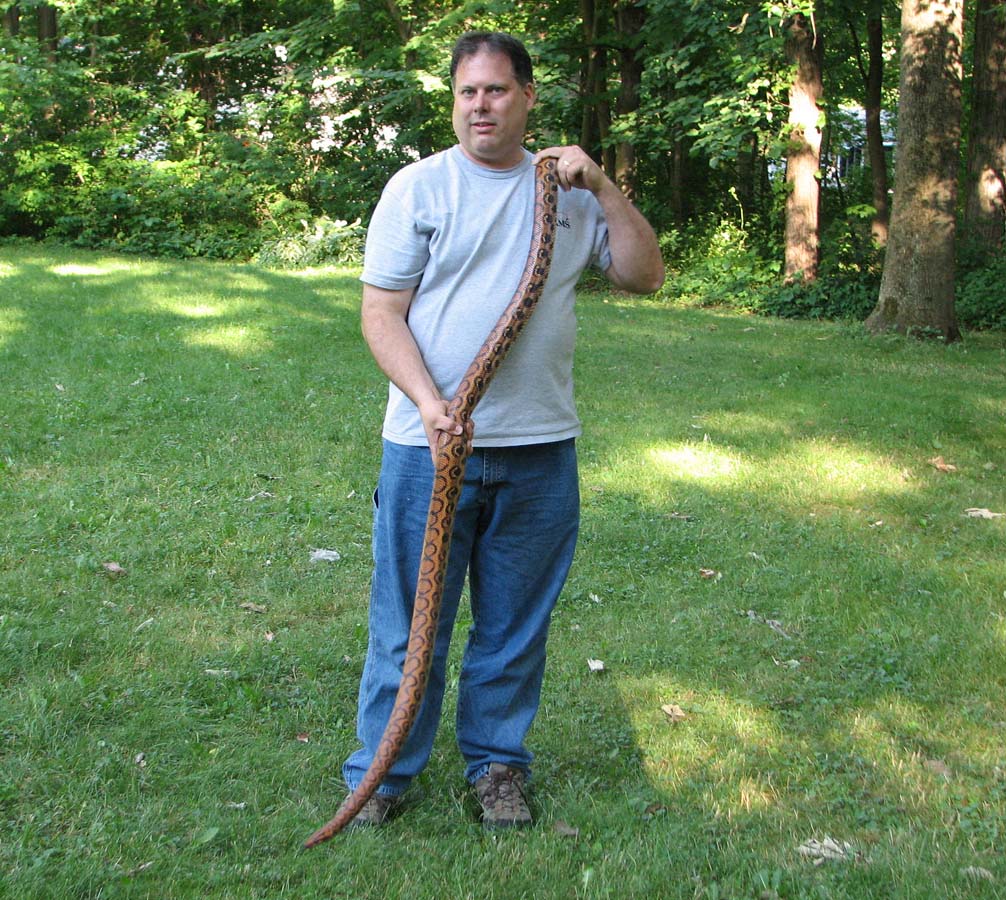

/boa-200068915-002-resized-56a2bd075f9b58b7d0cdf989.jpg)
Snakes must be able to self-regulate their body temperature as needed. However, it’s important to maintain a cool and warm side to their tanks. Ideal TemperaturesĬentral American boas need warm, humid enclosures to accommodate their tropical origins. Hide boxes are a must for any snake, but since boas are a thick, muscular breed, make sure to use a sturdy material that can withstand their heft. Most won’t require more than a 50-75 gallon tank that’s at least 2 X 4 feet. Thanks to their small size, dwarf boas don’t require enclosures as large as their other boa relatives. Housing a Nicaraguan Central American Boa Nicaraguan Boas are commonly bred to bring out their naturally light coloration. These boas appear to look orange or pink in color. Less common is the naturally occurring “Hypo” color variant which causes the snakes to lose most of their black pigmentation. The most common is the “Wild type” color, which is common amongst most other imperator subspecies.

There are two color variants that occur naturally amongst Nicaraguan Central American Boas. These smaller boas are much easier to handle and significantly easier to house and care for, making them a great transition pet from beginner snakes. Their small stature has rightfully earned them the nickname ‘dwarf boa’. The Nicaraguan Central American boa subspecies are even smaller still with males averaging 4 feet in length and females averaging 5 feet. The Central American boas size is on the smaller side of the snake spectrum and averages 5 feet in length. Central American boas rarely reach 6 feet while other types of boas can grow to be up to 10 feet. Central American Boas are significantly smaller than its Columbian and other imperator brethren. It is important to note that the two subspecies are indeed separate.

The latter subspecies houses several other types of snakes that are popular as pets: Columbian and Central American boas. There are two Boa constrictor subspecies that are commonly found in the snake pet industry: the Red-Tailed Boa (Boa constrictor) and Common Boa Constrictor (Boa constrictor imperator). As such, there is a wide variety of naturally occurring boa constrictor morphs. Snake enthusiasts will find that boa constrictors for sale can vary drastically depending on their region of origin. The diversity of their habitats is one of the main factors that contribute to the unique coloration and markings of each species. The general majority of boa constrictors prefer tropical rainforests but can be found in savannas and more arid, desert-like environments as well. These species’ can be found throughout South America, Central America, and the West Indies in a variety of climates. The true Boa snake family, Boidae, is comprised of over 40 species of nonvenomous constrictors. Regular handling and proper care will quickly ensure a calm and healthy pet for a decade or more. While the thought of a thick-bodied Boa as a pet might seem intimidating they are known to be a relatively docile species. For those wanting to dip their toe into medium-sized snake ownership, the Central American varieties are a great place to start. Dwarf boas as pets are fairly easy to care for since they are not aggressive and easy to feed. The Nicaraguan Central American Boa is a unique member of the Boa constrictor family and makes for a great intermediate pet for an experienced snake owner.


 0 kommentar(er)
0 kommentar(er)
